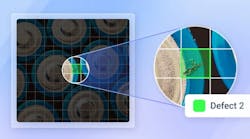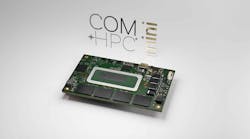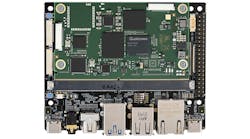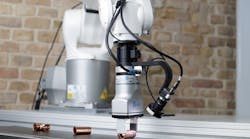Machine-vision and imaging-processing techniques continue to gain access to a range of automated inspection applications, such as in the high-technology semiconductor, electronic, biometrics, and security industries. They are also permeating low-technology production lines. All these industries are striving for zero defects, lower production costs, and higher yields by applying real-time vision and imaging hardware and software.
More traditional industry sectors, such as the automotive, appliance, and furniture markets, are rapidly adopting machine-vision web-surface inspection systems to detect, identify, and quantify cold-rolled-steel defects. To classify these defects, says Mike Muehlemann, president of Illumination Technologies Inc., an on-going study is being conducted to establish quantifiable recommendations for system lighting structures (see p. 33).
Biometrics technologies, which include iris scan, retina scan, finger scan, and face recognition, among others, are increasingly being used to identify or verify individuals. However, the biometrics market, in general, and the fingerprint identification market, in particular, consist of many vendors of incompatible hardware and software. To solve this problem, reports Andy Wilson, editor at large, a consortium of leading computer companies is developing an application programming interface to ensure usage across various biometric platforms and operating systems (see p. 55).
To ease the applications of machine-vision systems, developers of image-processing software toolkits are now offering enhanced versions that can be configured in easy-to-understand graphical environments. As reported by Andy Wilson, many packages are hardware-independent, allowing systems integrators to choose from various off-the-shelf frame grabbers, image processors, and display controllers (see p. 65).
George KotellyExecutive Editor[email protected]



